
RODRIGUEZ-CARVAJAL Juan is the author of FullProf, one of the most used powder diffraction computer programs in the world. (More than 6400 citations, WoS, of the article Physica B 192, 55 (1993); about 12000 citations of the use of the program in Google Scholar)
Juan works at the Institute Laue-Langevin as Staff Scientist. He has full experience in the following areas: Powder and single crystal x-rays and neutron scattering; Symmetry analysis, crystallography and magnetism; Oxides presenting remarkable properties(superconductivity, giant magnetoresistance, charge, spin & orbital ordering.); Computer programming and data analysis.; Neutron diffraction instrumentation.
Course Introduction
| 1 | Introduction to FullProf Suite | Sep 22 | Replay |
| 2 | Introduction to WinPLOTR | Sep 23 | Replay |
| 3 | Indexing powder diffraction data | Sep 24 | Replay |
| 4 | Ab-initio structure determination | Sep 27 | Replay |
| 5 | The Rietveld Method | Sep 28 | Replay |
| 6 | Strategy for Rietveld Refinement | Sep 29 | Replay |
| 7 | Post refinement calculations: GFourier, Bond_Str | Sep 30 | Replay |
| 8 | Study of Micro-Structural Effects using Powder Diffraction-I | Oct 11 | Replay |
| 9 | Study of Micro-Structural Effects using Powder Diffraction-II | Oct 12 | Replay |
| 10 | Introduction to Magnetic Structures Determination | Oct 13 | Replay |
| 11 | Q & A | Oct 13 | Replay |

Attendence Note
- This course is sponsored by International Office of University of Science and Technology Beijing, as part of the “Go Beyond International Course”.
- Due to the course capacity, only 40 participants will be engaged in the ZOOM live course, in which they could ask for guidance and explanations from Juan. Please fill in the form and you will be informed about the remaining vacancies.
- The course will also be simultaneously broadcasted via Tencent meeting.
- The latest news and the Tencent meeting ID will updated in this webpage.
腾讯会议ID: 576 8853 8828
联系人:刘泉林 宋振
Resources
https://workshops.ill.fr/event/162/page/68-documentation

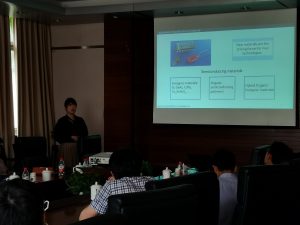
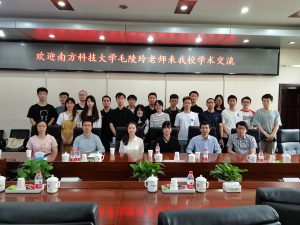
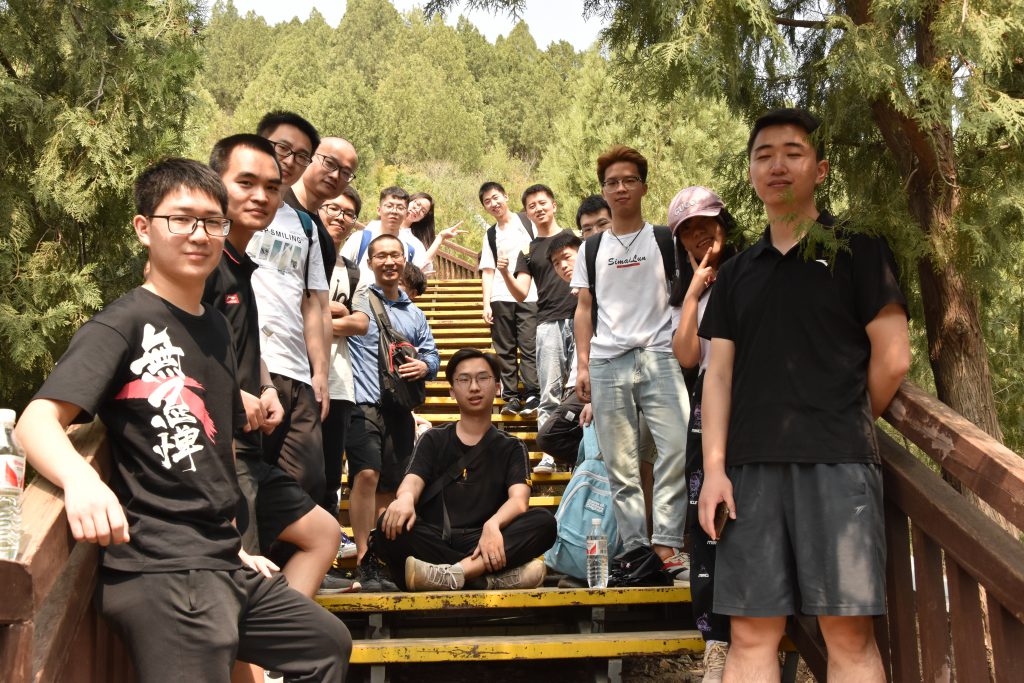
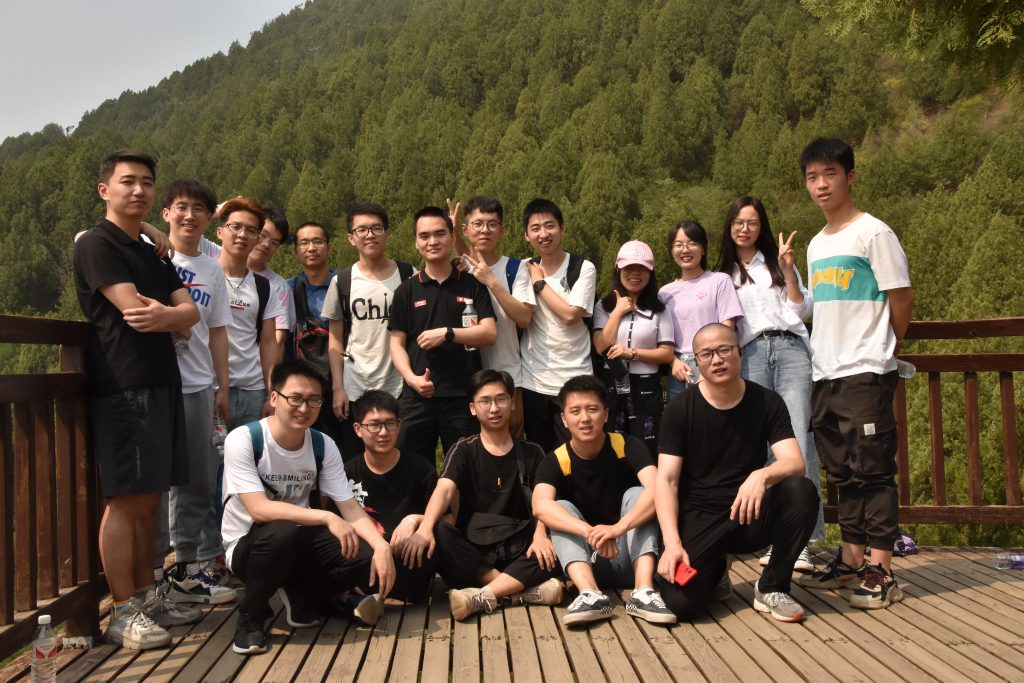
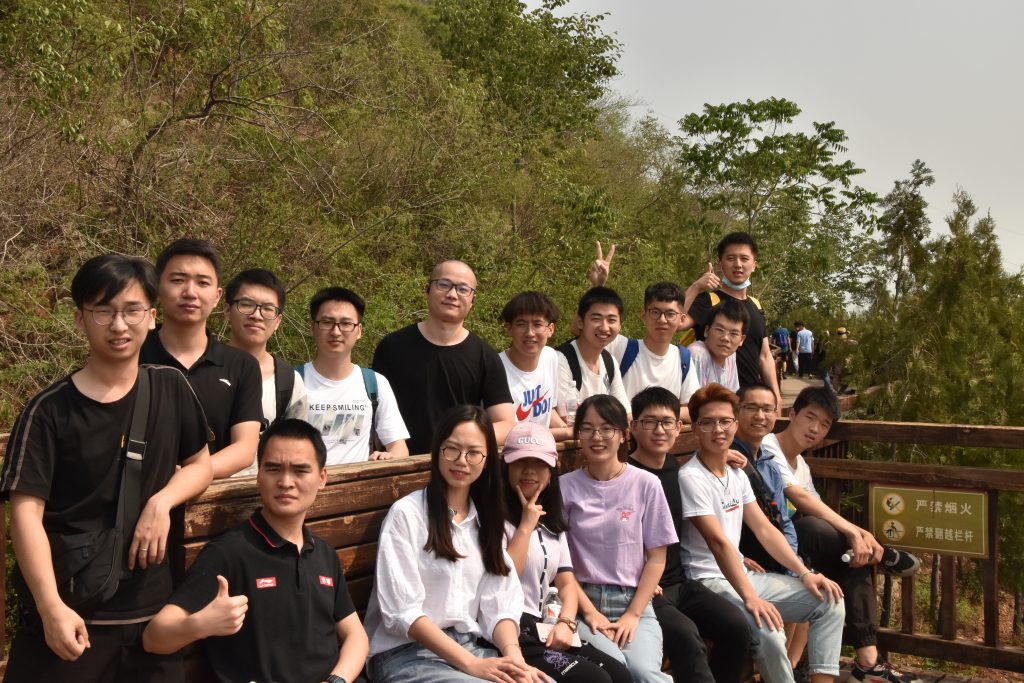

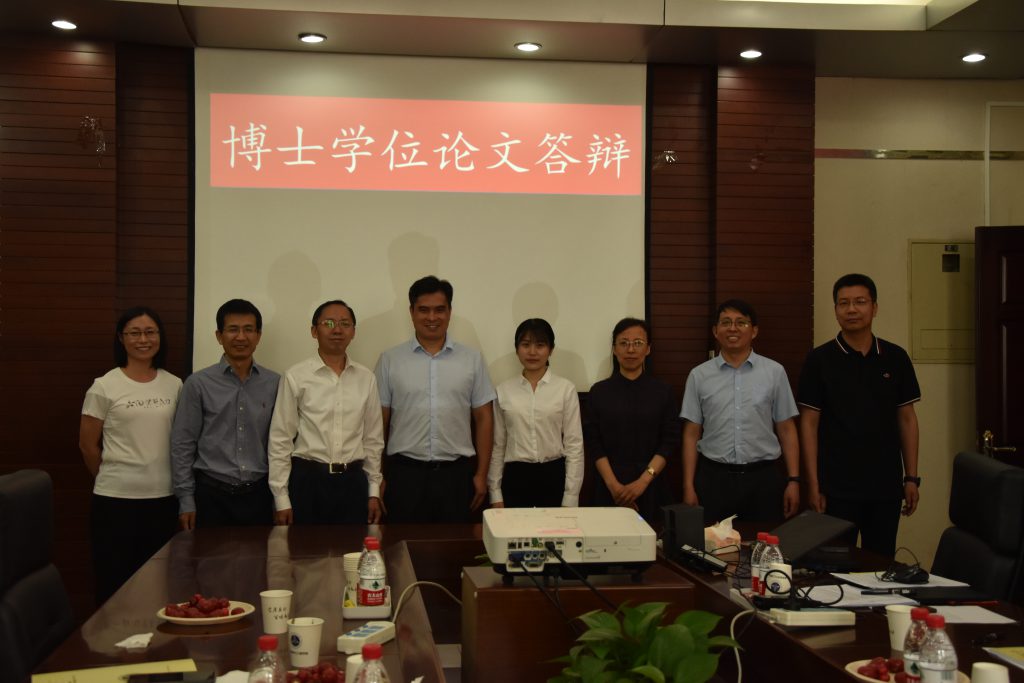
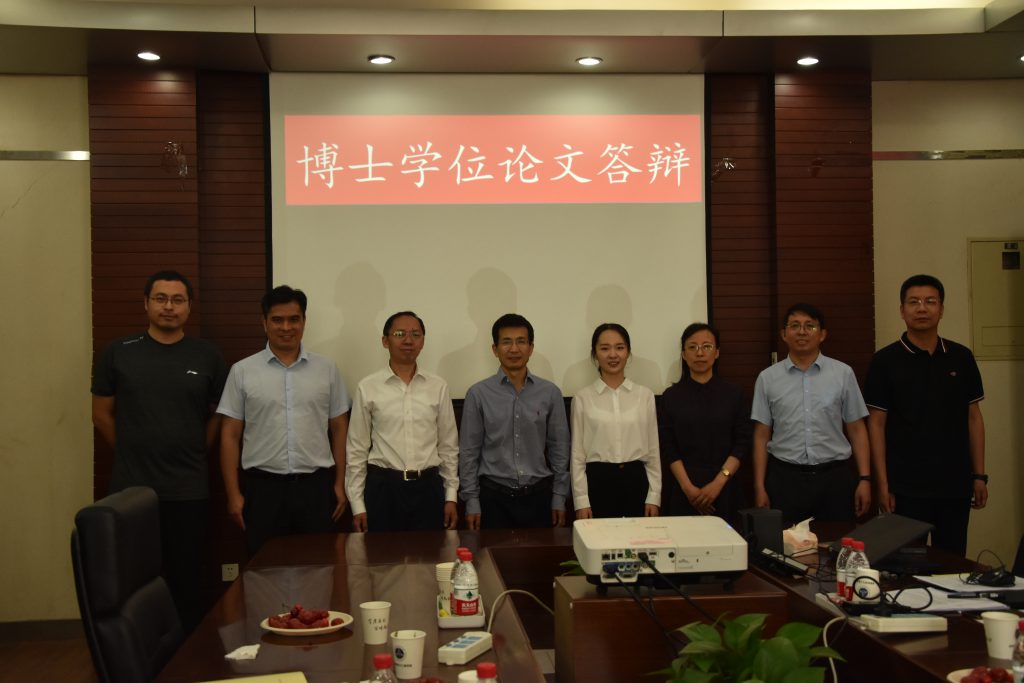

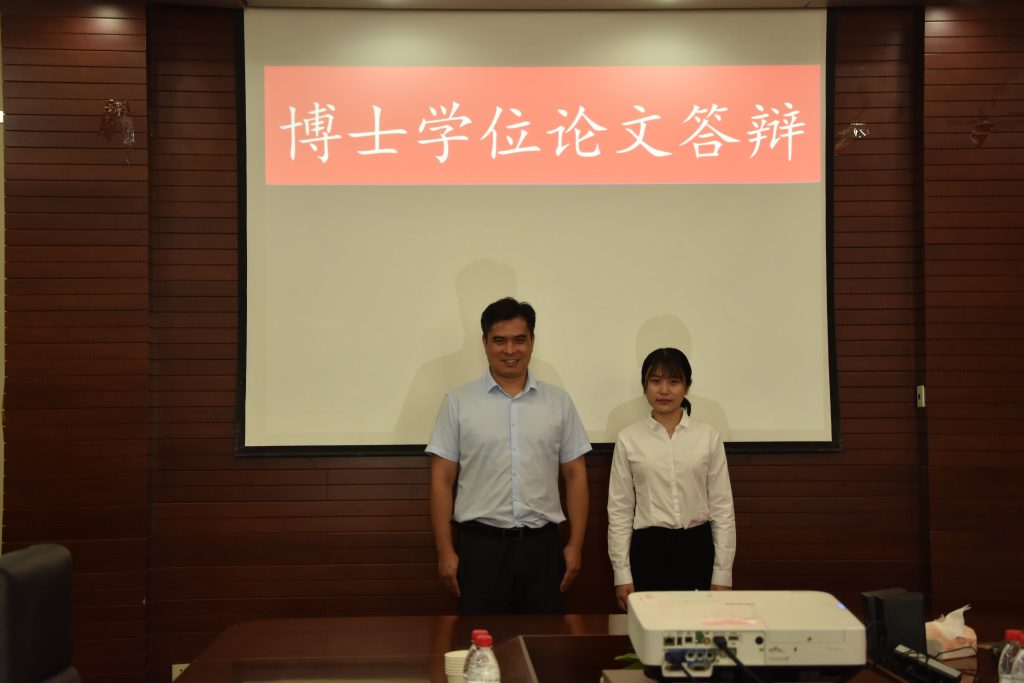
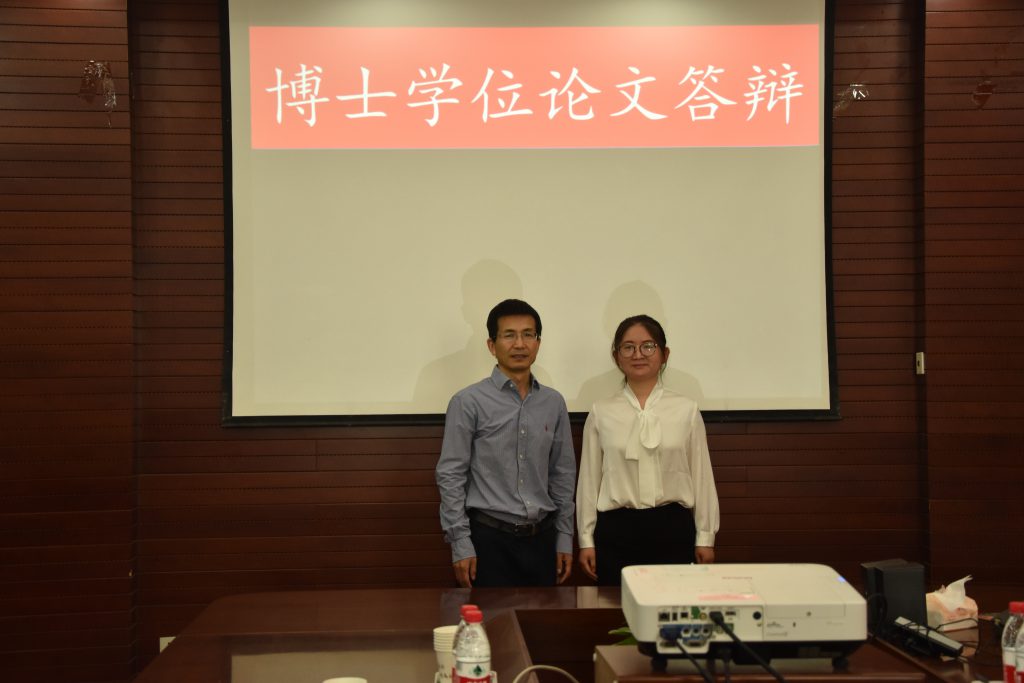
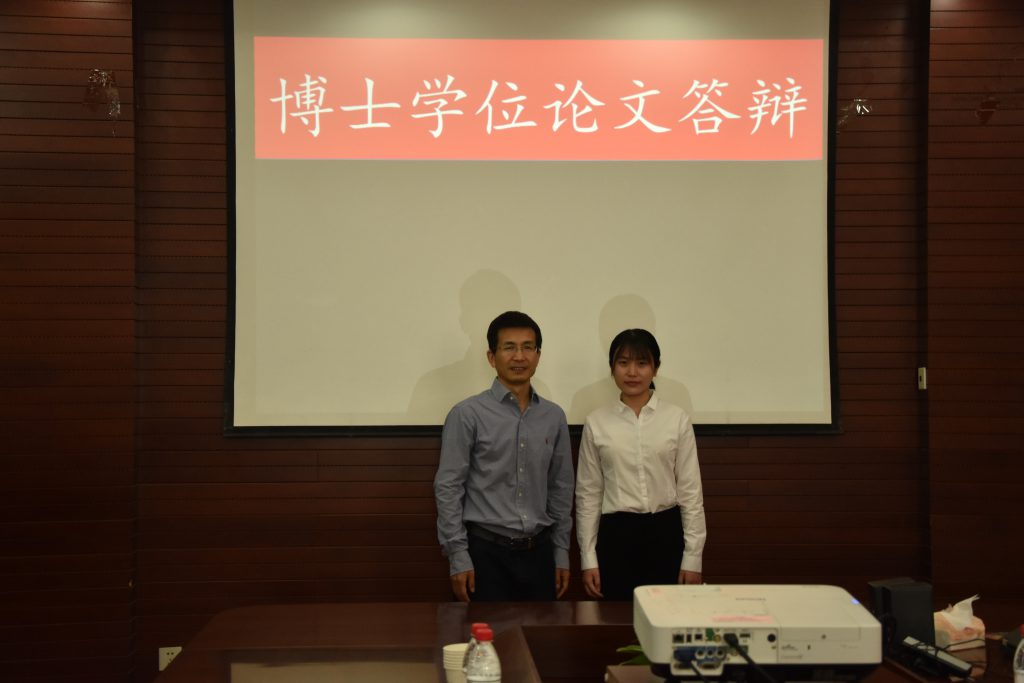
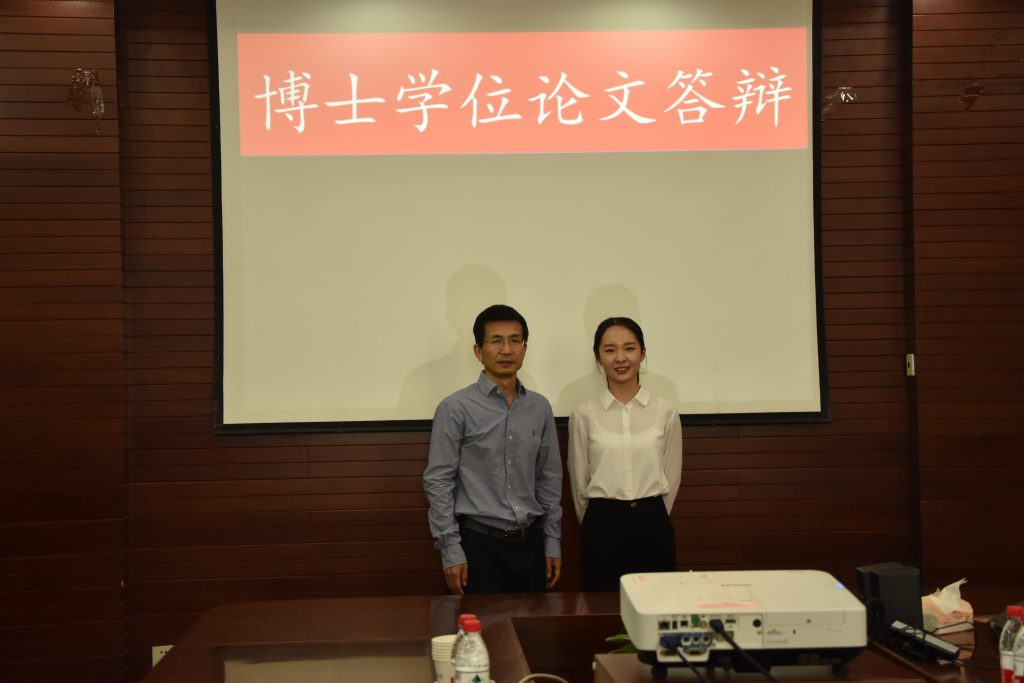
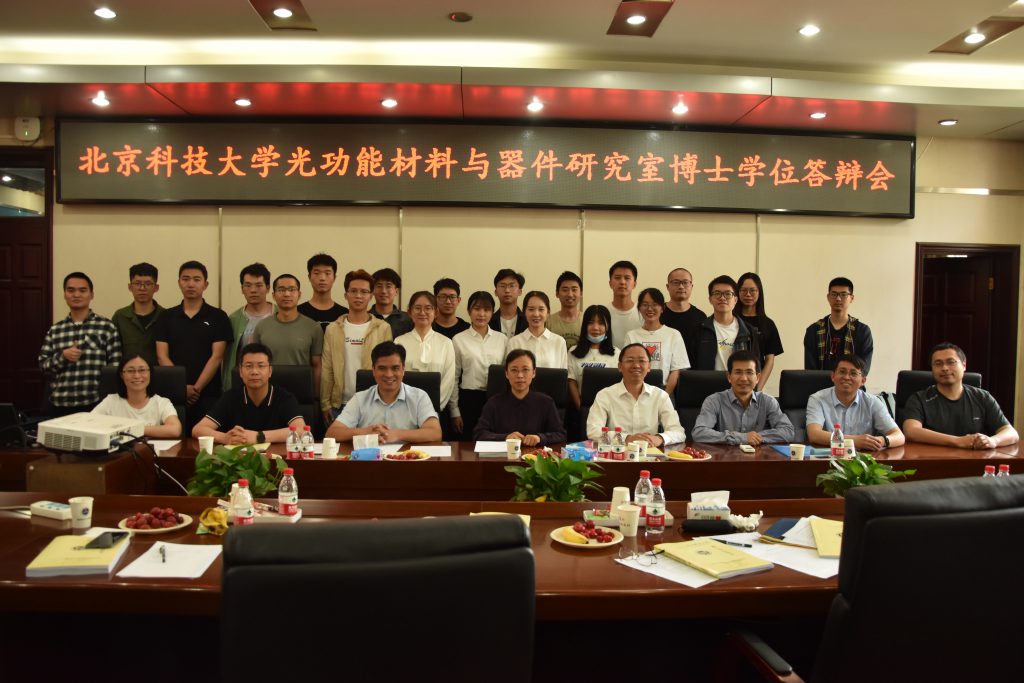
 \
\




